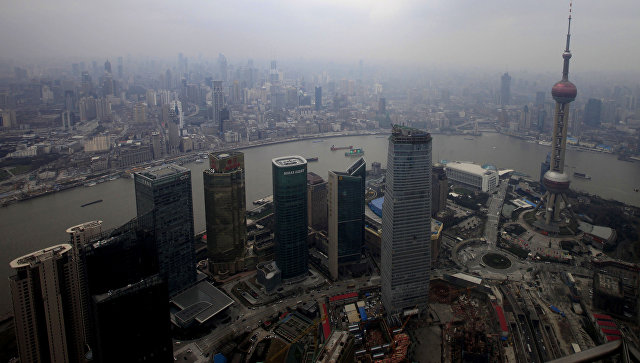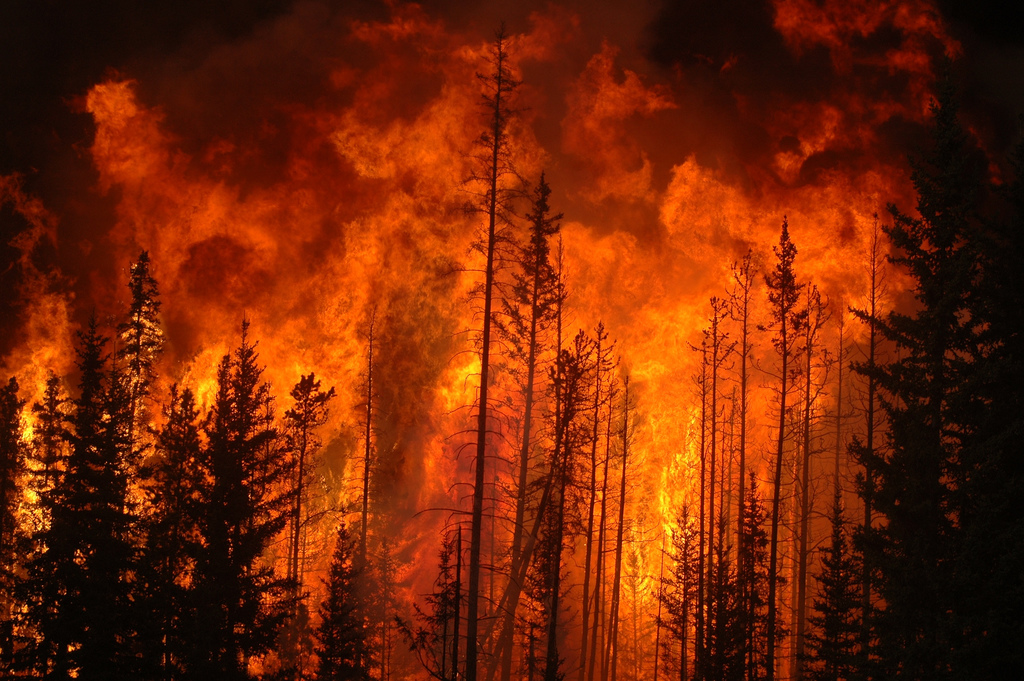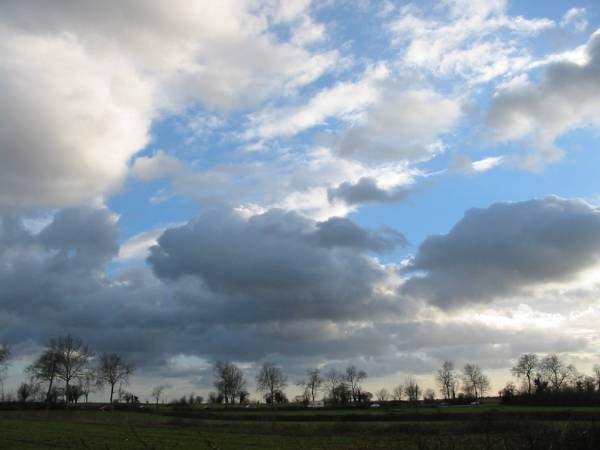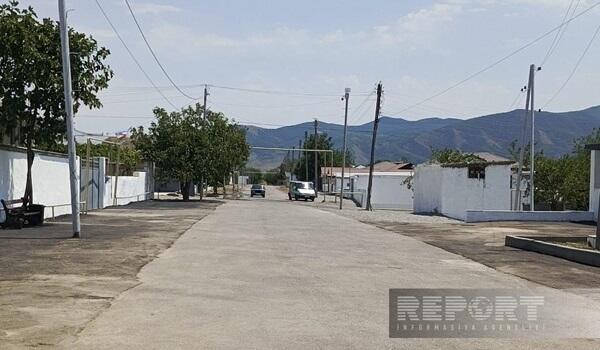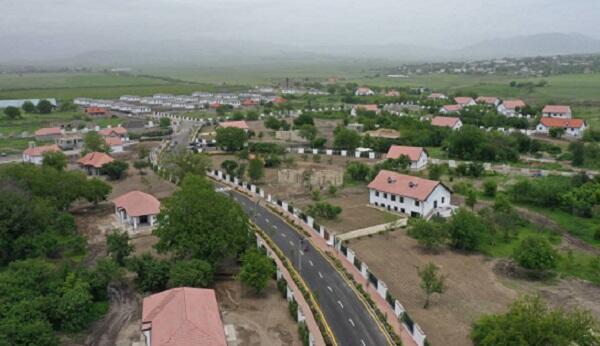Wildfires in the US have charred more than 10,000 square miles (26,000 square km) so far this year, an area larger than the state of Maryland, with large fires still burning in every Western state including many that are not fully contained.
Axar.az reports citing AP.
Whether sparked by lightning or humans, the fire has long been a force shaping the landscape of the U.S. West.
Hot, dry winds can whip flames into firestorms that leave behind charred wastelands prone to erosion and mudslides. Other fires clear out underbrush, open the forest floor to sunlight and stimulate growth.
Government agencies in recent decades effectively upended that cycle of destruction and rebirth. Fire suppression policies allowed fuels to build up in many Western forests, making them more susceptible to major fires.
Those influences are magnified as development creeps ever deeper into forests and climate change brings hotter temperatures. Recent images of subdivisions ablaze thrust the power and ecological role of wildfires into the spotlight.
Most immediately fire brings destruction
Temperatures from extreme fires can top 2,000 degrees Fahrenheit — hot enough to kill all plant life, incinerate seeds hidden beneath the surface and bake the soil until it becomes impervious to rain.
The lifeless landscape becomes prone to severe erosion, fouling streams and rivers with silt that kills fish and other aquatic life. Torrents of muddy debris following fires last year in Southern California killed 21 people and destroyed 129 homes.
US Geological Survey scientists say the problem is getting worse as the area burned annually by wildfires increases. A study last year concluded sediment from erosion following fires would more than double by 2050 for about a third of western watersheds.
Smoke from this summer's Western wildfires — a potential health hazard for at-risk individuals — prompted the closure of Yosemite National Park for more than two weeks and drifted to the East Coast , according to NASA. Recent research says it also impacts climate change as small particles spiral into the upper atmosphere and interfere with the sun's rays.







